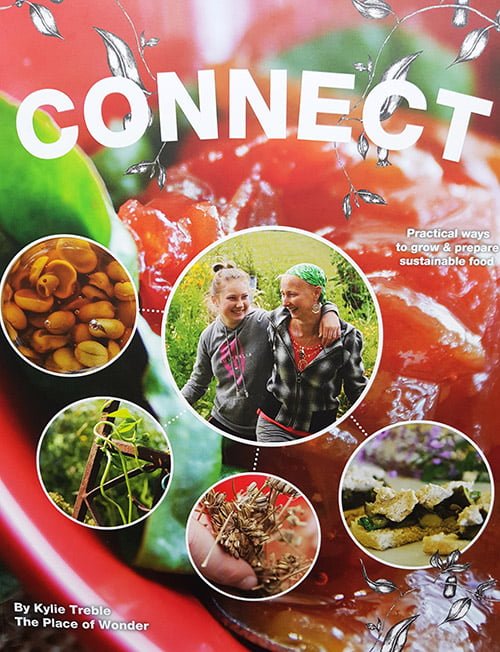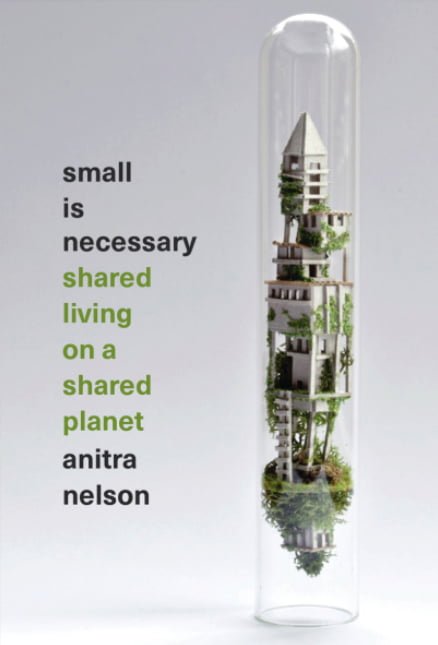Great reads of 2018

Looking for a Christmas present, or some engaging reading for yourself over the summer?
Here’s a roundup of some of the inspiring books on design and sustainable living that we’ve reviewed in Sanctuary this year. Of course, a subscription to the magazine makes a great gift too!
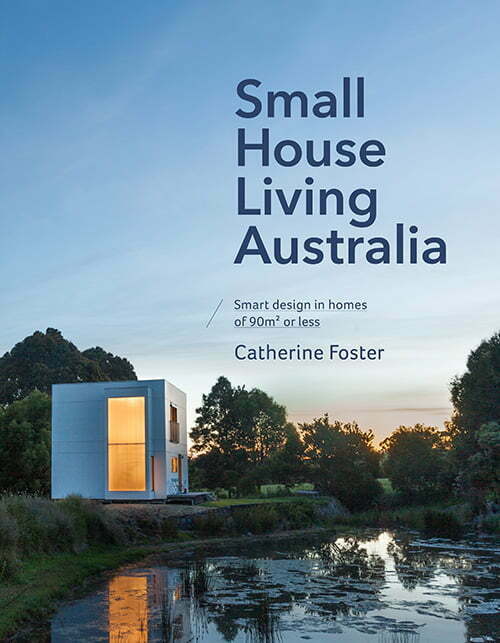 Small House Living Australia: Smart design in homes of 90m2 or less
Small House Living Australia: Smart design in homes of 90m2 or less
Catherine Foster
Viking 2017, RRP $40
Sanctuary has long been enthusiastic about smaller-scale living, and houses that can support sustainable lifestyles using a fraction of the materials required for an average-sized home. Small House Living Australia celebrates good design and modest tastes, and gets a huge tick from us when it comes to curating projects – many of which have strong green credentials including some we’ve featured ourselves over the years! Familiar designers include Day Bukh Architects, Ben Giles, Small Change Design and Takt; readers will also be enthusiastic about the projects included from the studios of David Weir and Peter Stutchbury.
The 21 projects featured here are all detached residences where the liveable space is under 90m2. There is a good selection of floor plans and materials on show, and a mixture of permanent houses built on tight sites and weekenders designed for occasional use. For anyone wishing to build a small abode, studio, granny flat or country getaway, or even if you are searching out ideas for ways to make a small space work better using clever layout or storage ideas, this could prove to be a valuable design-book investment.
Connect: Practical ways to grow and prepare sustainable food
Kylie Treble
Self published, The Place of Wonder 2017, RRP $60
Many families have recipes and even recipe books that pass down through the generations. This practice not only maintains culinary culture but connects people with their food and gardens. Kylie Treble, a passionate advocate of sustainable food, has created such a book for her own family and local community, and also for the rest of us! Self-published under the name of her farm The Place of Wonder, Connect is structured around 20 temperate and cool-climate crops with at least five delicious recipes per section, inter-dispersed with edited notes from her diary and cooking and gardening journals.
What sets this book apart from others is her thoughtful, often thrifty, guide to the how each crop can be connected to social eating, resourceful gardening and sustainable cooking. For example, the apple section highlights the ease in which this crop can be shared with others, how pruned branches can be used to shade lettuces and seedlings and ways to use the seeds as a natural source of jam-setting pectin. Filled with innovative gardening tips and tricks and unique food combinations, even the experienced gardener or cook will be inspired by this book.
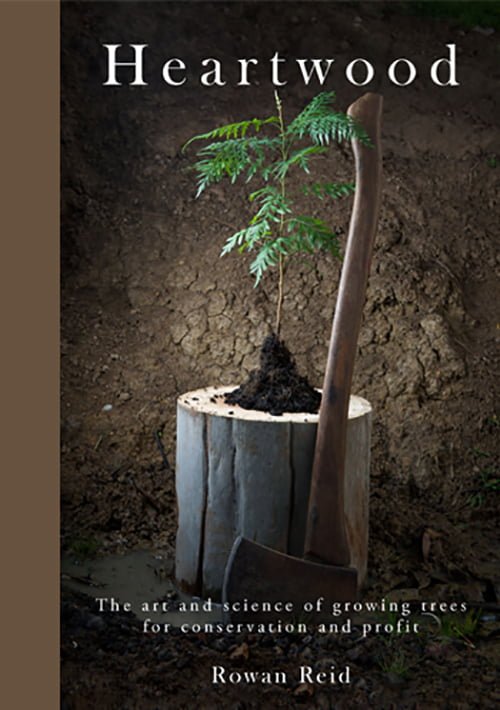 Heartwood
Heartwood
Rowan Reid
Melbourne Books 2018
RRP $49.95
The subject of timber harvesting is a contentious one, which is probably why forest scientist Rowan Reid starts the book with a surfing analogy. It’s a little incongruous when you’re expecting to read about timber, but don’t let that put you off. The book is full of both passion and information.
Divided into chapters named after different Australian tree species that he grows on his own farm – Messmate, Blackwood, Mountain Ash and 12 others – Reid writes a personal story about his education as a forester and the discipline he describes as a “perfect mix of the classical (science, economics and technology) and the romantic (emotion, art and desire).”
The book also slowly educates us on where and how each tree grows, the development of heartwood and lignotubers in certain trees, and how to calculate the quantity of CO2 stored in a woody trunk. It’s a book that sings with a love for trees and their uses on farms, where he suggests they can be planted not only for conservation – shelter for stock, habitat, erosion control, beauty – but also for profit, through harvesting the trees for timber. This is the ‘third wave’ of his surfing analogy, questioning the idea that timber harvesting is always bad for the environment.
Small is necessary: shared living on a shared planet
Anitra Nelson
Pluto Press 2018
Sanctuary readers know that we advocate for small, sustainable homes – but what does small really mean and can we live comfortably in less space?
Small is necessary puts forward the case for small homes and collaborative living in an extensive chronology of housing which shows that sharing land and resources can help the economic and social issues of nuclear households and address the broader sustainability challenges we face.
Although the book is packaged like a novel, it can be used as a pocket guide to read in segments depending on your area of interest. You might want to set aside some additional time when reading the book because every chapter is accompanied with at least one page of interesting links and references, inviting you to veer off on your own tangential research.
Anitra Nelson is an academic and author, and Small is necessary reflects her long-standing interest in the culture and policies which have informed housing arrangements across the world. There are hundreds of references and case studies of local and international developments which are used to explain the ins and outs, successes and pitfalls of small housing and shared housing arrangements.
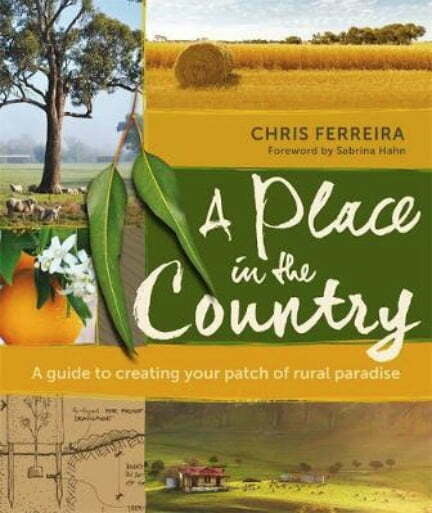 A Place in the Country
A Place in the Country
Chris Ferreira
Fremantle Press 2018, RRP $90
There are close to a quarter of a million hobby farmers (or rural lifestylers) in Australia, and many more for whom the dream of a tree change is very real. But the dream of life in the country doesn’t always match the reality, and aspiring hobby farmers face a variety of unique challenges. Chris Ferreira, a well-known sustainability advocate and environmental educator in Western Australia, offers a detailed and accessible manual “designed to help you understand the realities of life on the land at hobby-farm scale”.
The glossy yet information-packed 270-page book draws on Chris’ own years of experience. It is divided into three sections: choosing your perfect patch, getting it up and running, and making it profitable. Along the way he delves into subjects like bushfire protection, the decision to keep animals, soil development and the retention of remnant bushland. Appendices go deeper into climate zones, must-have machinery, tool and plant lists.
Whether you’ve already taken the plunge and bought a rural property or are considering whether it’s right for you, this very readable book could help you anticipate and plan for the challenges that lie ahead.
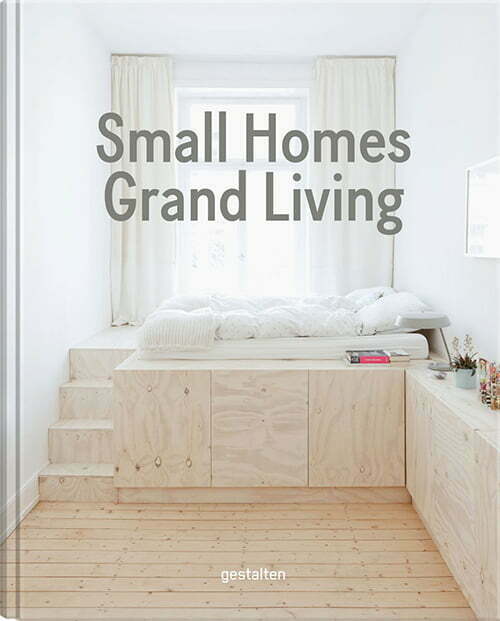 Small Homes Grand Living: Interior design for compact spaces
Small Homes Grand Living: Interior design for compact spaces
Gestalten (editor) 2017, RRP $90
Around the world, larger homes and longer commutes are being swapped for tiny-but-convenient inner city residences that cost less to own or rent. But when everyone seems to have so much stuff, how do we craft houses and apartments as small as 24 and 30 square metres into comfortable, liveable homes? This is the great 21st Century conundrum that Small homes grand living seeks to solve.
The book takes readers on a largely pictorial journey through some of the world’s most clever and cohesive interiors – including fresh design approaches from Melbourne, Sydney and Wellington where compact housing is just starting to take hold. Like the micro-apartments and studios it celebrates, every aspect of living has been considered within the bounds of its 256 pages. Ideas for kitchens, living areas, natural light, storage and sleeping spaces are intertwined with stories of how exercise or child play spaces can be incorporated into tiny quarters.
If you’re downsizing or perhaps just wanting to customise a small room or build-in functional storage, there will be something to inspire you – especially if you love to build with plywood!
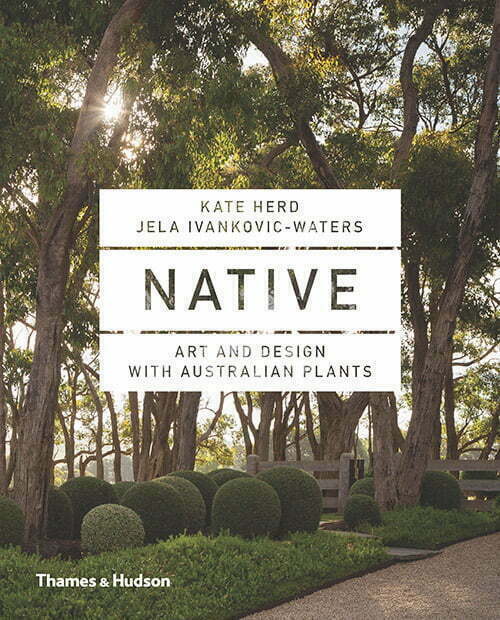 Native: Art and design with Australian plants
Native: Art and design with Australian plants
Kate Herd & Jela Ivankovic-Waters
Thames and Hudson, 2018; RRP $49.95
Native plants – particularly local provenance varieties – have many known benefits: they can support wildlife, are often hardy and are well suited to soil types and climatic conditions. But it seems we are still learning how Australian plants can be used as the centrepiece of ornamental gardens. A new coffee table book from Kate Herd and Jela Ivankovic-Waters fills this gap. In Native: Art and Design with Australian Plants they demonstrate how native plants can be used as ‘feature foliage’ and to provide ‘shapely low cover’, including lawn replacement. They also provide inspiring examples of where certain species can be combined into flowering meadows, shady oasis and tree coverage.
It’s hard to think of another book where Australian plants are celebrated so thoroughly for their beauty, versatility and sculptural form. The photography is extensive and exquisite, and interviews with landscape designers, sculptors and artists provide refreshing perspectives. Whether you are seeking inspiration or gathering ideas for your own garden, the gardens in this book will challenge any remaining bias you might have that native gardens should only imitate the uncultivated Australian bush.


